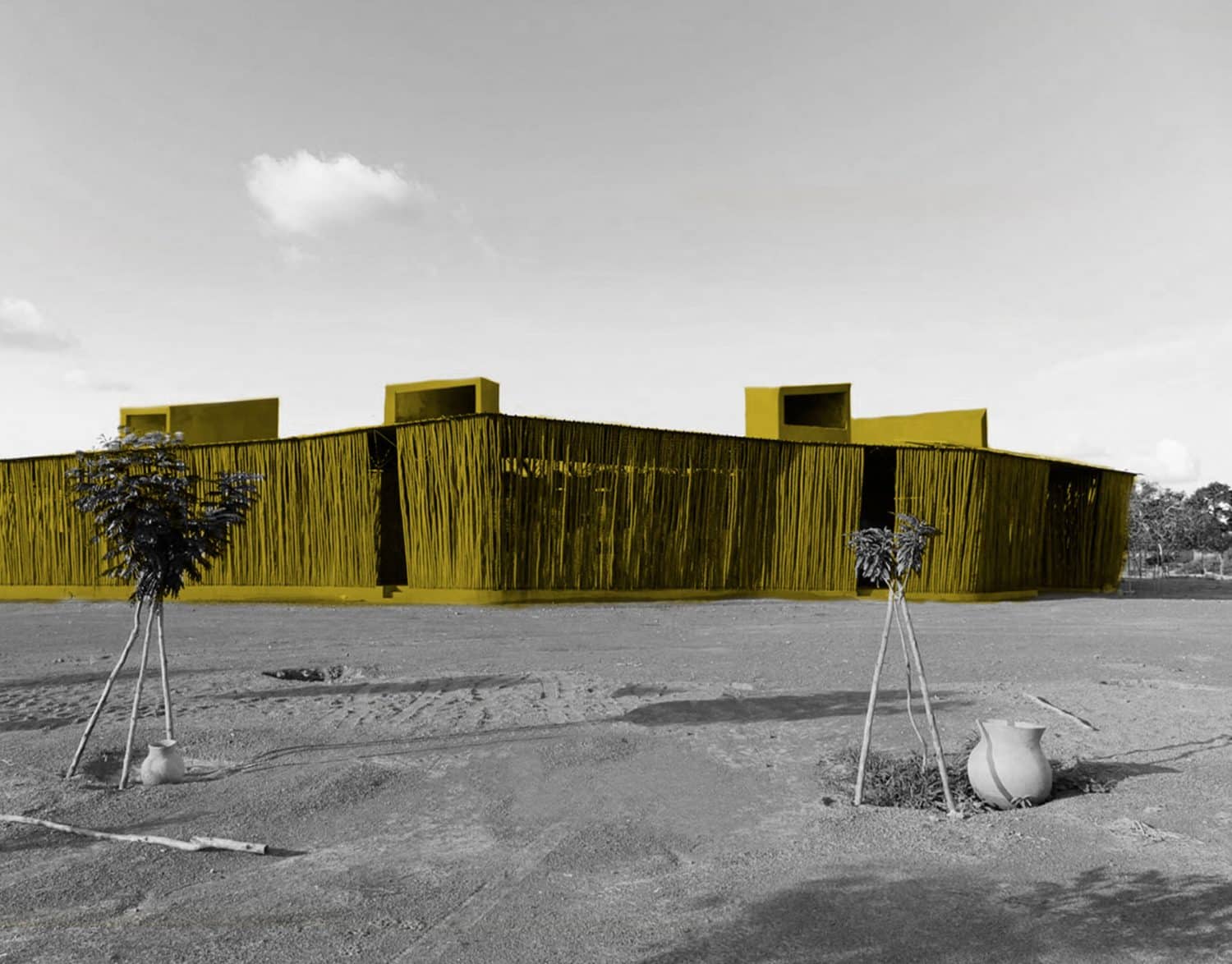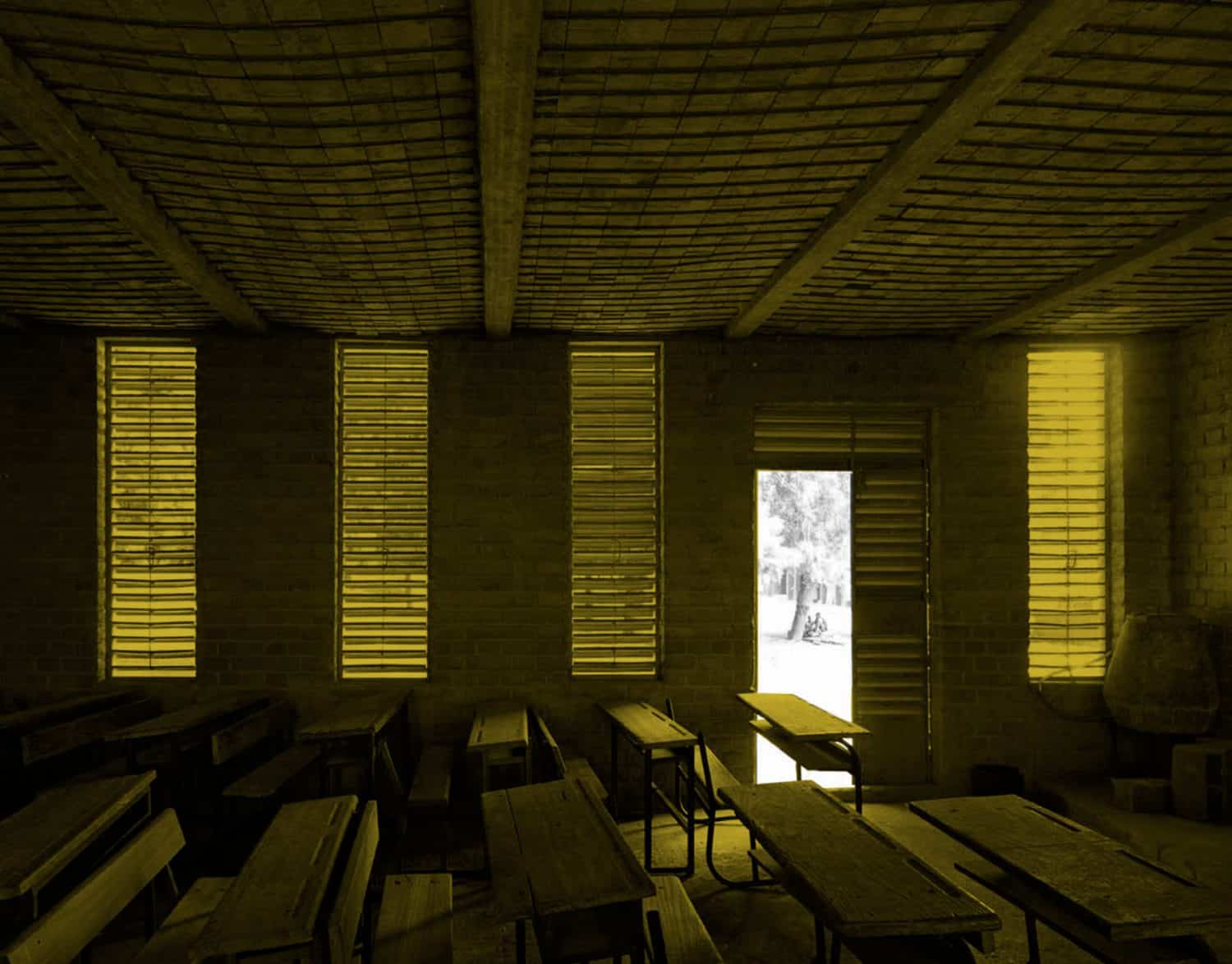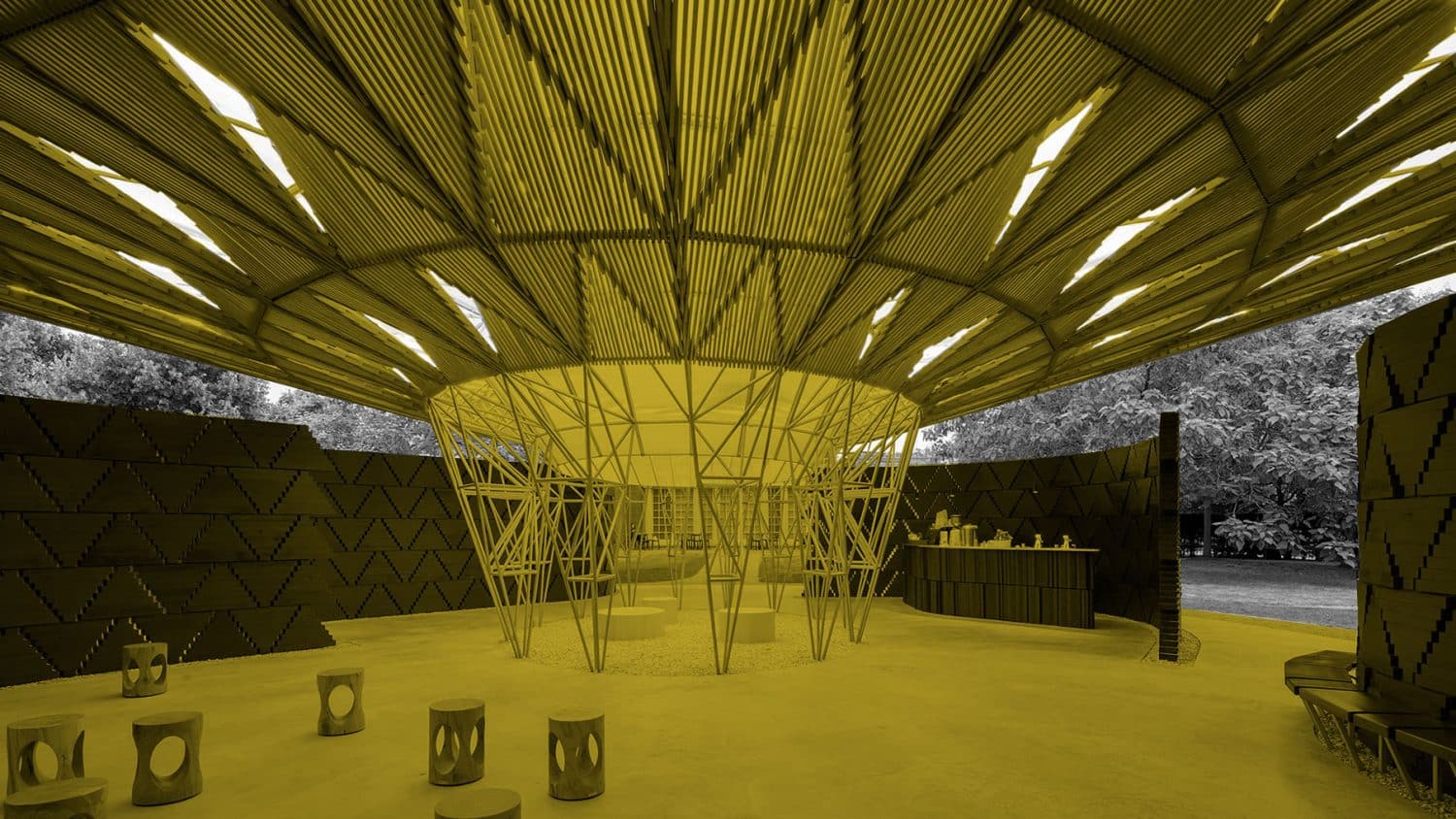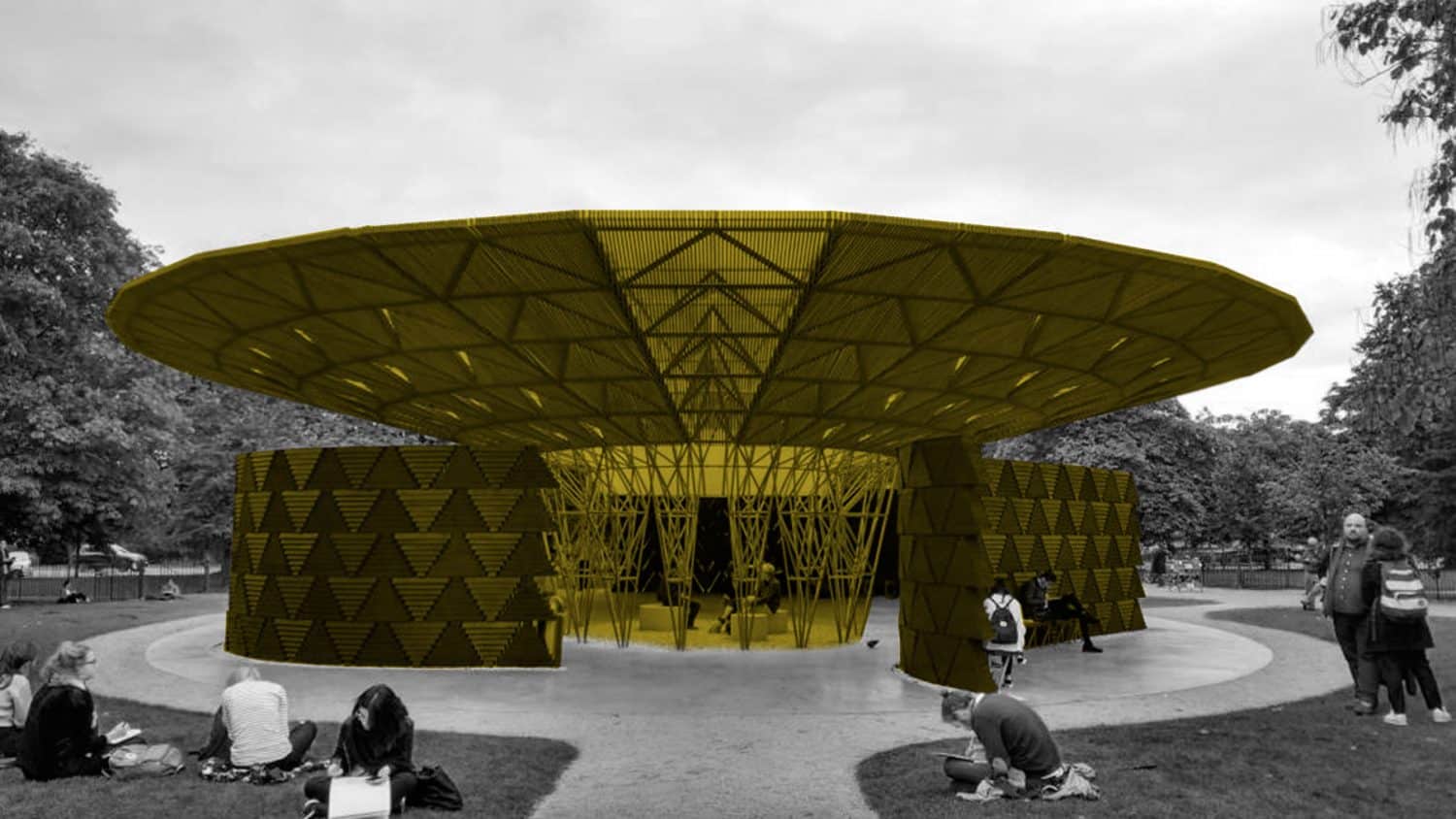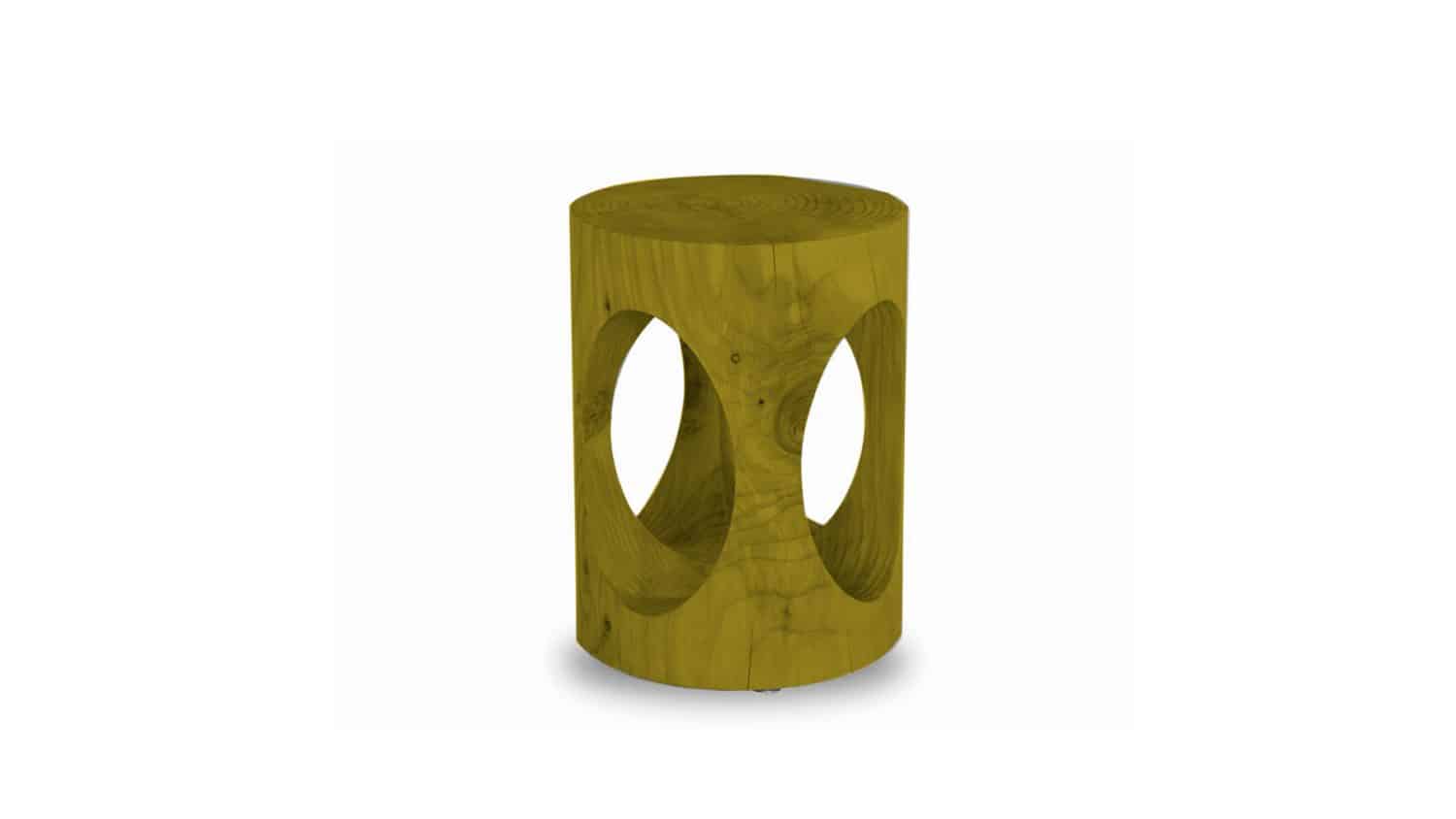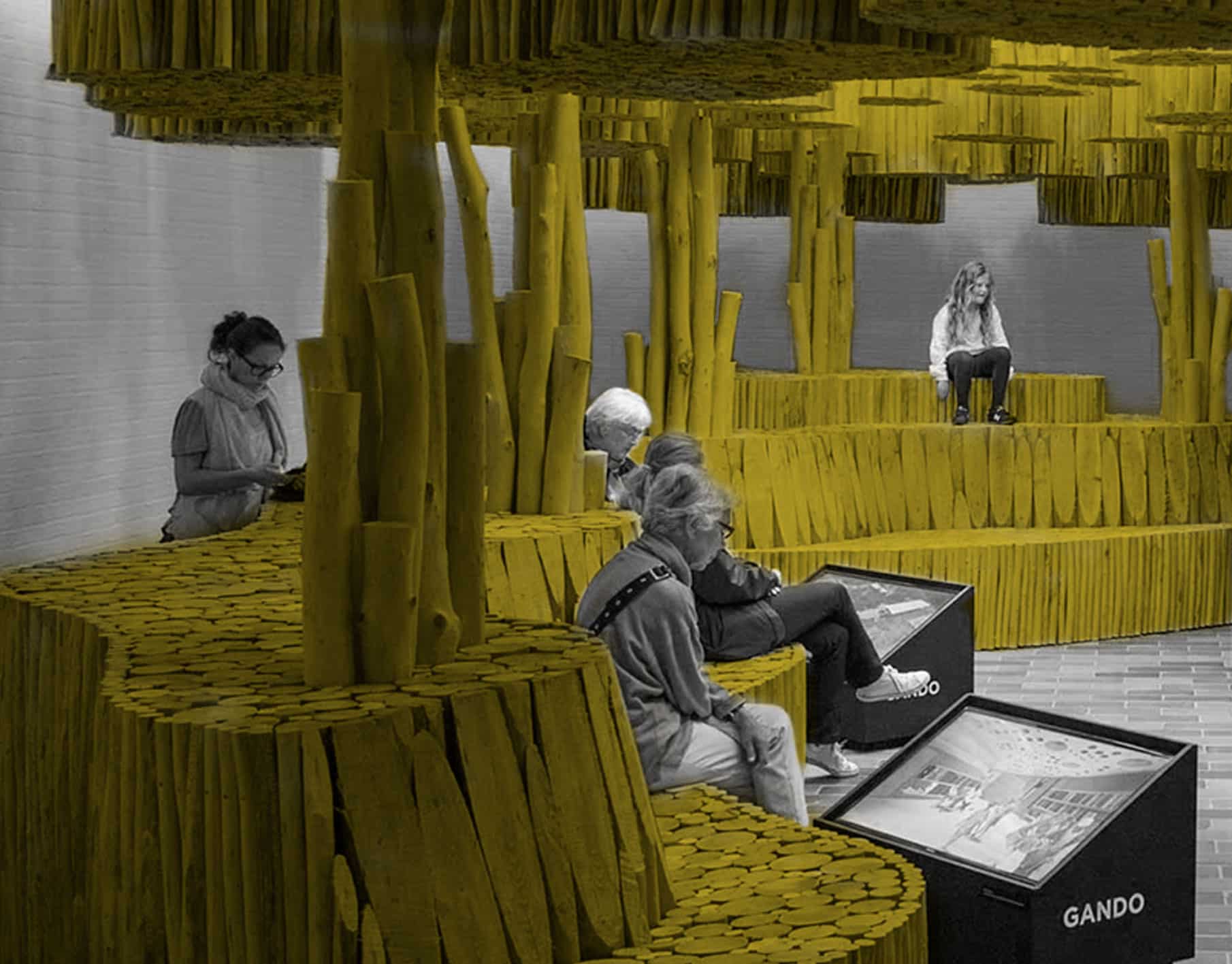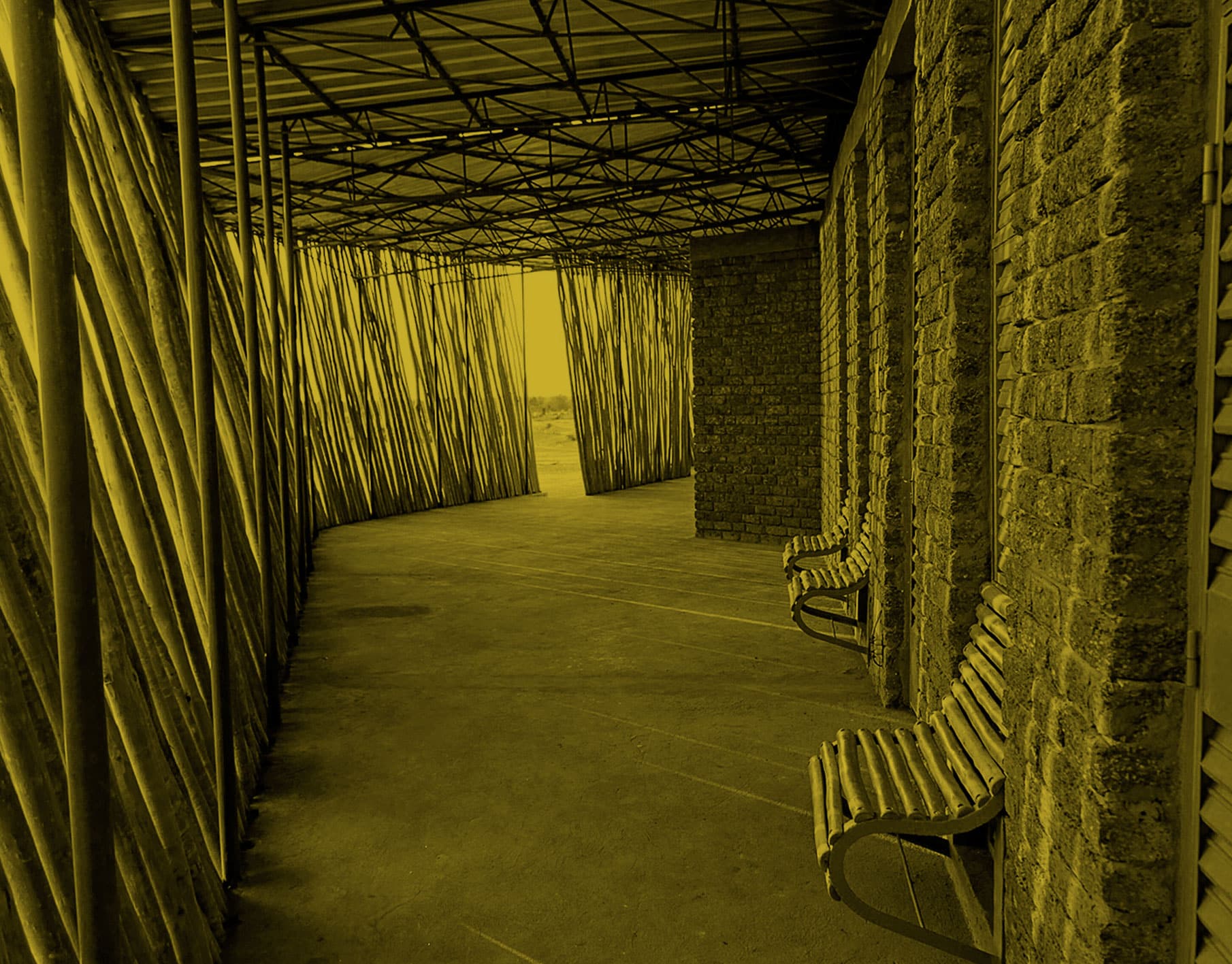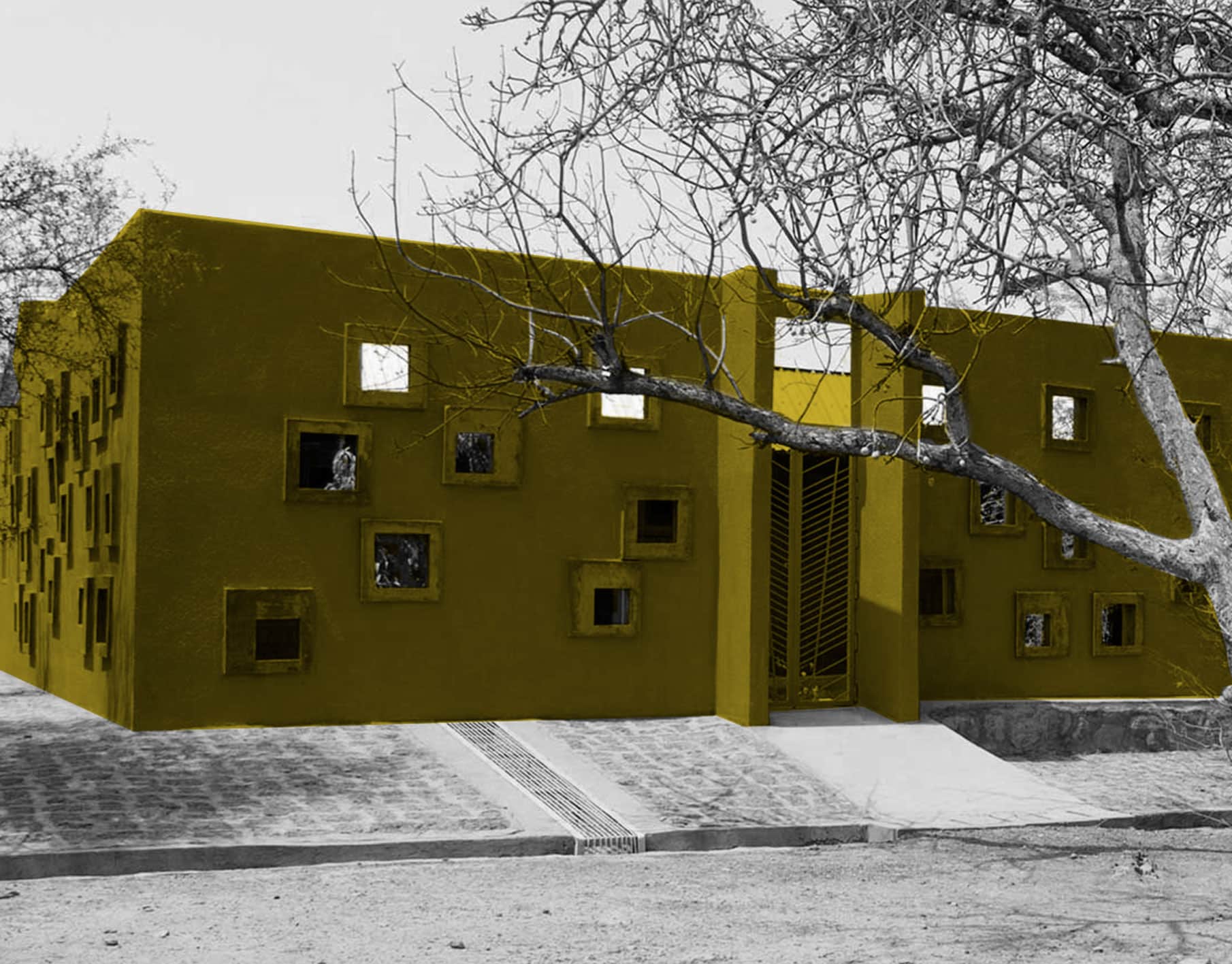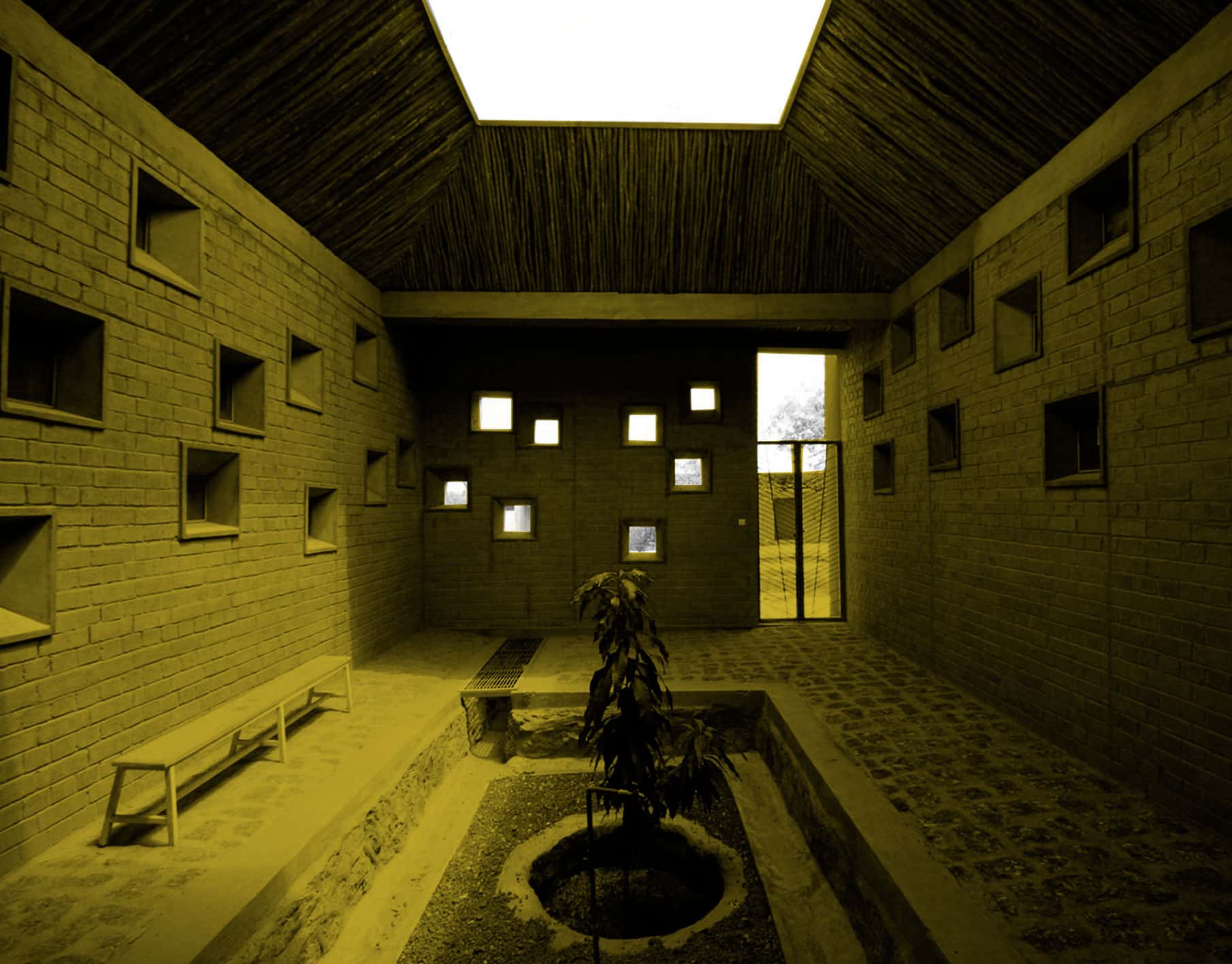INTERIOR
Shade & Seat #Diébédo Francis Kéré
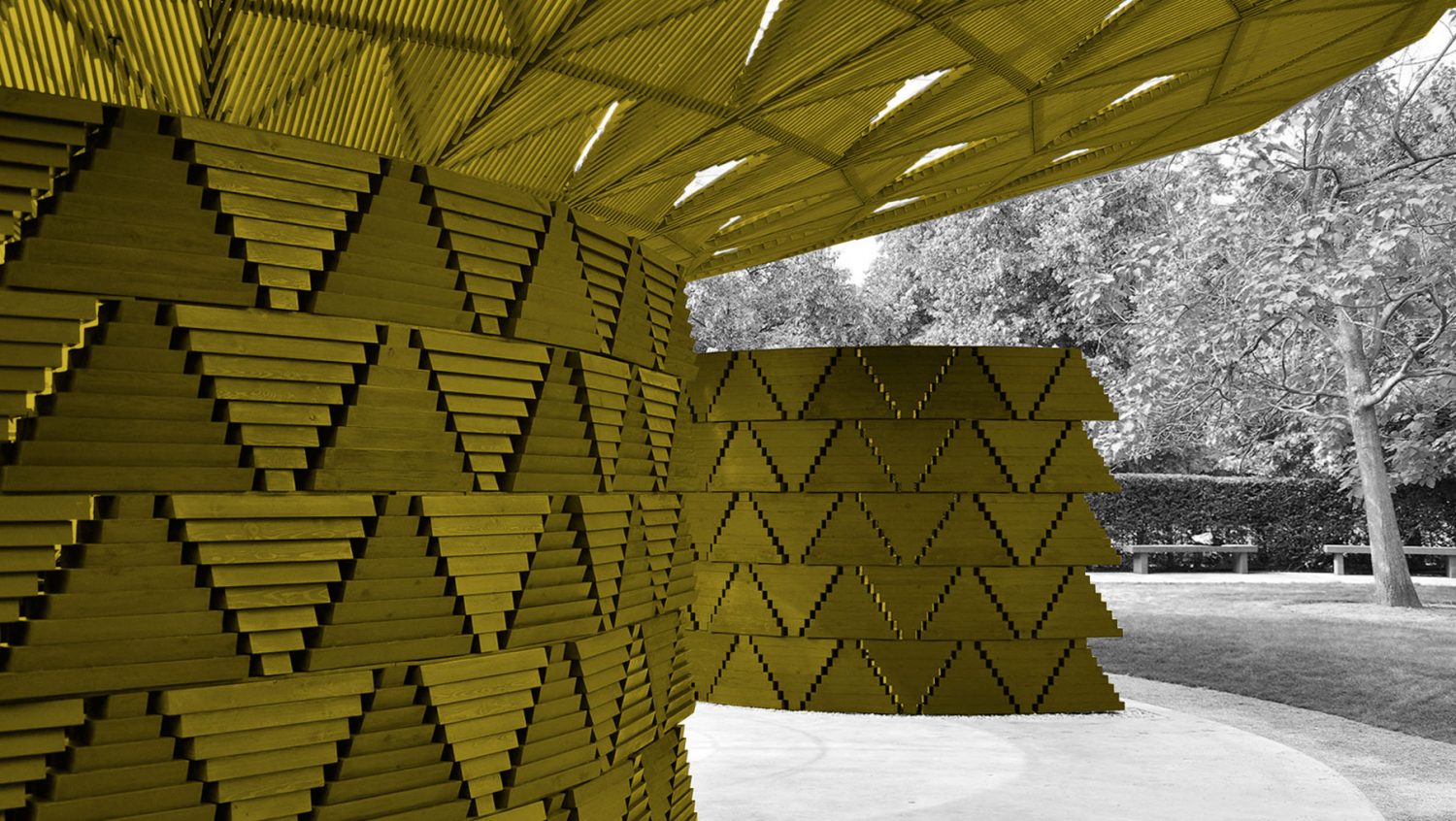
Burkinabe architect Diébédo Francis Kéré has received this year’s Pritzker, becoming the first African architect to receive the award. The jury has highlighted the materiality of his buildings and their double link with the place where they are built and with the community that uses them.
Kéré shot to fame while he was an architecture student in Berlin because he won the Aga Khan International Award in 2004 with a primary school in Gando, his native town. Since then, although the bulk of his work continues to be in Africa, he has projected buildings and made exhibitions around the world and received numerous international awards, being chosen in 2017 to build the Serpentine Pavilion in London.
Kéré’s architecture is sustainable, ecological and radically authentic practically without intending it. Due to the limited budget and resources available in Africa, Kéré uses local and inexpensive materials, involves the community that will use the buildings in the construction and designs sensible solutions adapted to the particular climatic conditions of the place. But in addition to answering basic functional requirements, there is an important symbolic component in his architecture that allows the local community to appropriate and identify with the building that serves it.
Architecture is about giving people shelter, protecting them and giving them better living conditionsDiébédo Francis Kéré, 2010
The roof of his buildings usually assume much of this symbolic component as it protects against the elements, especially the sun and the rain during the wet season, while allowing the community to meet under its shade. Its characteristic light ventilated roofs are supported by lattices of slender metallic elements, ranging from the immediacy of the roof of the school in Gando to the sophistication of the illuminated elliptical roof of the Serpentine Pavilion in London.
The seat also plays a fundamental role in the welcoming and inclusive character of Kéré’s architecture. In buildings such as the expansion of the Gando school or the Gando institute, the platform on which the building sits is shaped to form an elliptical bench to gather the community, while in the Parliament building of Burkina Faso the stepped roof of the building becomes a grandstand.
